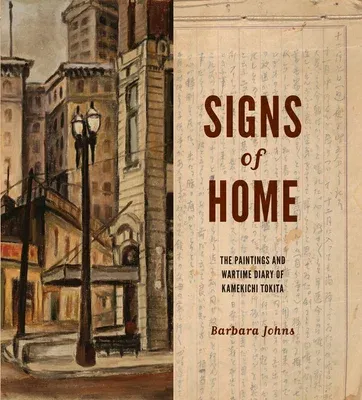Barbara Johns
(Author)Signs of Home: The Paintings and Wartime Diary of Kamekichi TokitaPaperback, 31 August 2021

Qty
1
Turbo
Ships in 2 - 3 days
In Stock
Free Delivery
Cash on Delivery
15 Days
Free Returns
Secure Checkout

Part of Series
Scott and Laurie Oki Series in Asian American Studies (Hardcover)
Part of Series
Scott and Laurie Oki Series in Asian American Studies
Print Length
272 pages
Language
English
Publisher
University of Washington Press
Date Published
31 Aug 2021
ISBN-10
0295749695
ISBN-13
9780295749693
Description
Product Details
Author:
Book Format:
Paperback
Country of Origin:
US
Date Published:
31 August 2021
Dimensions:
22.1 x
19.56 x
2.03 cm
ISBN-10:
0295749695
ISBN-13:
9780295749693
Language:
English
Location:
Seattle
Pages:
272
Publisher:
Series:
Weight:
757.5 gm